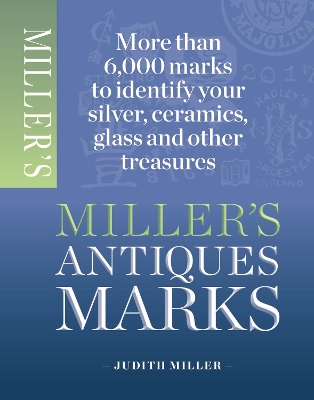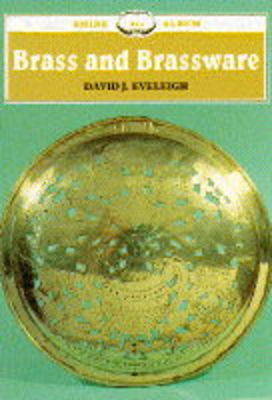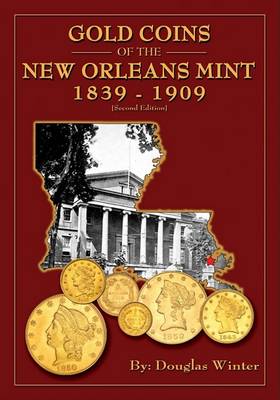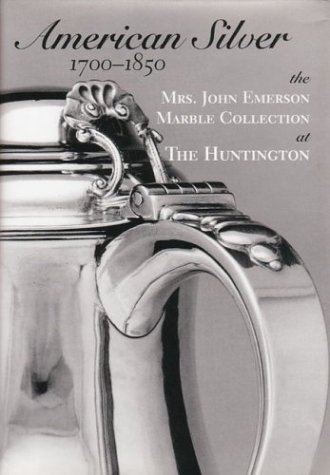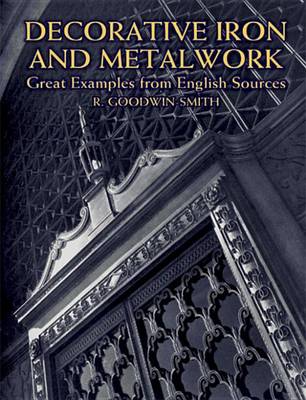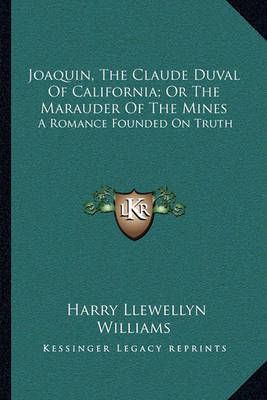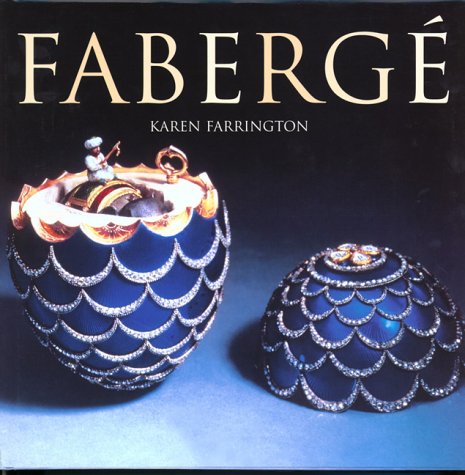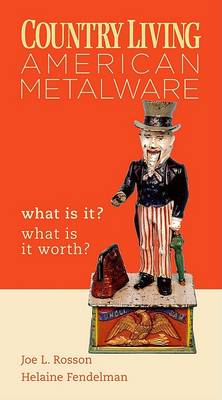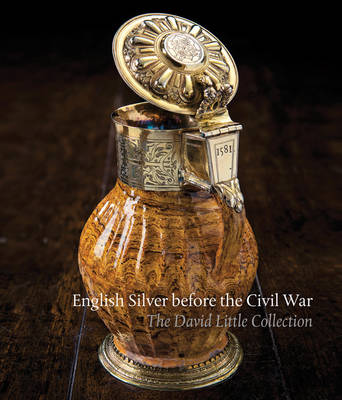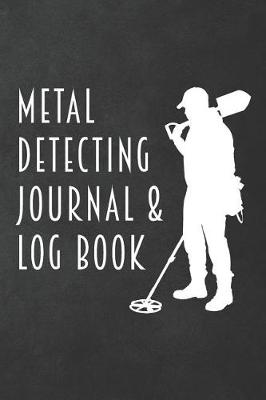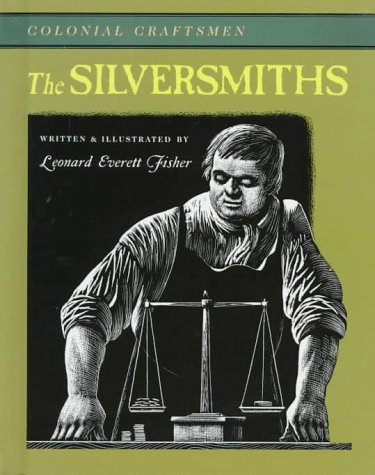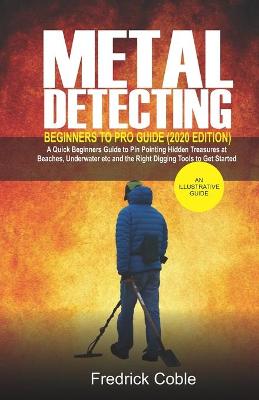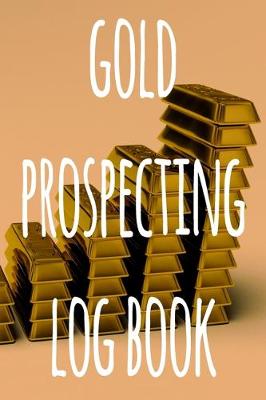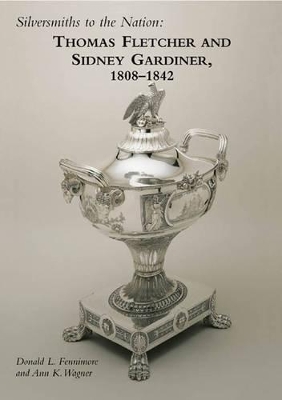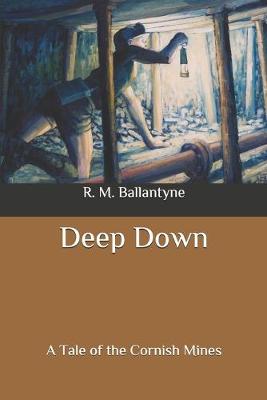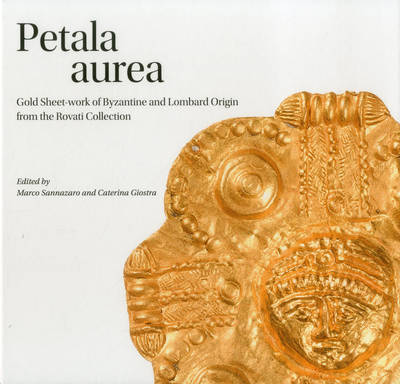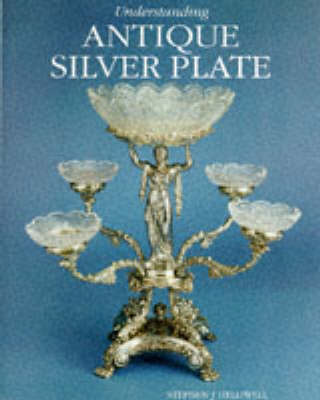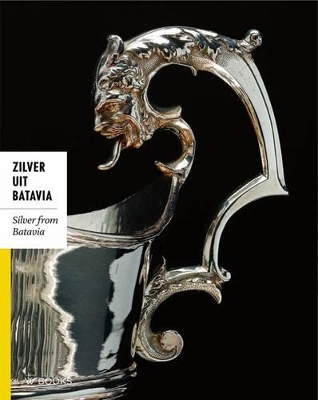Marks are one of the collector's most important tools when it comes to identifying and dating antiques. Of course, it is important to understand that they should never be relied upon completely, as many have been copied or faked. What you should rely on is experience. Handle as many antiques as you can and learn to combine your knowledge of marks with the knowledge of how an authentic piece looks and feels.Whether you are buying at auction, flea market or antique shop this is the book you need t...
Nonconformist Communion Plate and Other Vessels (Occasional Publication, #4)
by Christopher Stell
Decorative Iron and Metalwork (Dover Jewelry and Metalwork)
by R. Goodwin-Smith
Joaquin, the Claude Duval of California; Or the Marauder of the Mines
by Harry Llewellyn Williams
Country Living American Metalware (Country Living)
by Joe L Rosson and Helaine Fendelman
A remarkable private collection formed over the last thirty years is the focus of this richly illustrated book that introduces the reader to English silver spanning a century and a half from a little before the Tudor age (1485-1603) to the threshold of the Civil War (1642-51). This was a period when England changed out of all recognition. At the beginning it was still essentially a medieval country dominated by an autocratic king and a rich and powerful Church; by the end of the period the Churc...
Examines the art of the siversmith in colonial times.
Metal Detecting Beginners to Pro Guide (2020 Edition)
by Fredrick Coble
Silversmiths to the Nation: Thomas Fletcher and Sidney Gardiner, 1808-1842
by Donald L Fennimore and Ann K Wagner
Silversmiths to the Nation: Thomas Fletcher and Sidney Gardiner, 1808-1842 presents the first in-depth study of the celebrated silversmiths and their magnificent work. The firm these men established in Boston (1808-11) and Philadelphia (1811-42) revolutionised the significance of silver in America as a medium of public appreciation and introduced a new era in silver production. The grand presentation pieces Fletcher & Gardiner created for the heroes of the War of 1812 are without equal. These ob...
Deep Down (R. M. Ballantyne Collection)
by Robert Michael Ballantyne
Gold Sheet-Work of Byzantine and Lombard Origin Petala aurea (petal of gold) is the term used in Early Medieval treatises to describe the fine sheet and foil (bracteates) used in goldsmithing. The book presents a collection of 47 thin gold sheet-work, with some exceptions in silver and copper alloy, owned by Prof. Rovati, Italian industrialist and art collector. This collection includes Lombard gold-sheet crosses and another fine foils of different shapes, extremely peculiar and difficult to p...
Understanding Antique Silver Plate Reference and Price Guide
by Stephen Helliwell
The discovery of silver plate came about as a result of a search for a cheaper alternative to solid silver. Its appearance widened the market for articles otherwise only fashioned in silver and made them accessible to different levels of society. The discovery and development of fused plate, more commonly known as Old Sheffield plate, played the major role from the 1750s to the mid-nineteenth century. This was followed in due course by the development of the mid-nineteenth century process, elect...
Silver from Batavia: Religious and Everyday Silver Objects from the Time of the Dutch East India
by Titus M. Eliens
The many officials of the Dutch East Indian Company who, during the seventeenth and eighteenth centuries, settled in Batavia (now Jakarta) developed a sophisticated living culture whuich fused both Eastern and Western Cultures. The Dutch East Indian Company gained a large amount of silver after the seizure of a Spanish fleet. This resulted in the introduction of many culturally significant objects, from silver tea trays to salt barrels. Although much of the silver from the Dutch East Indian Com...
